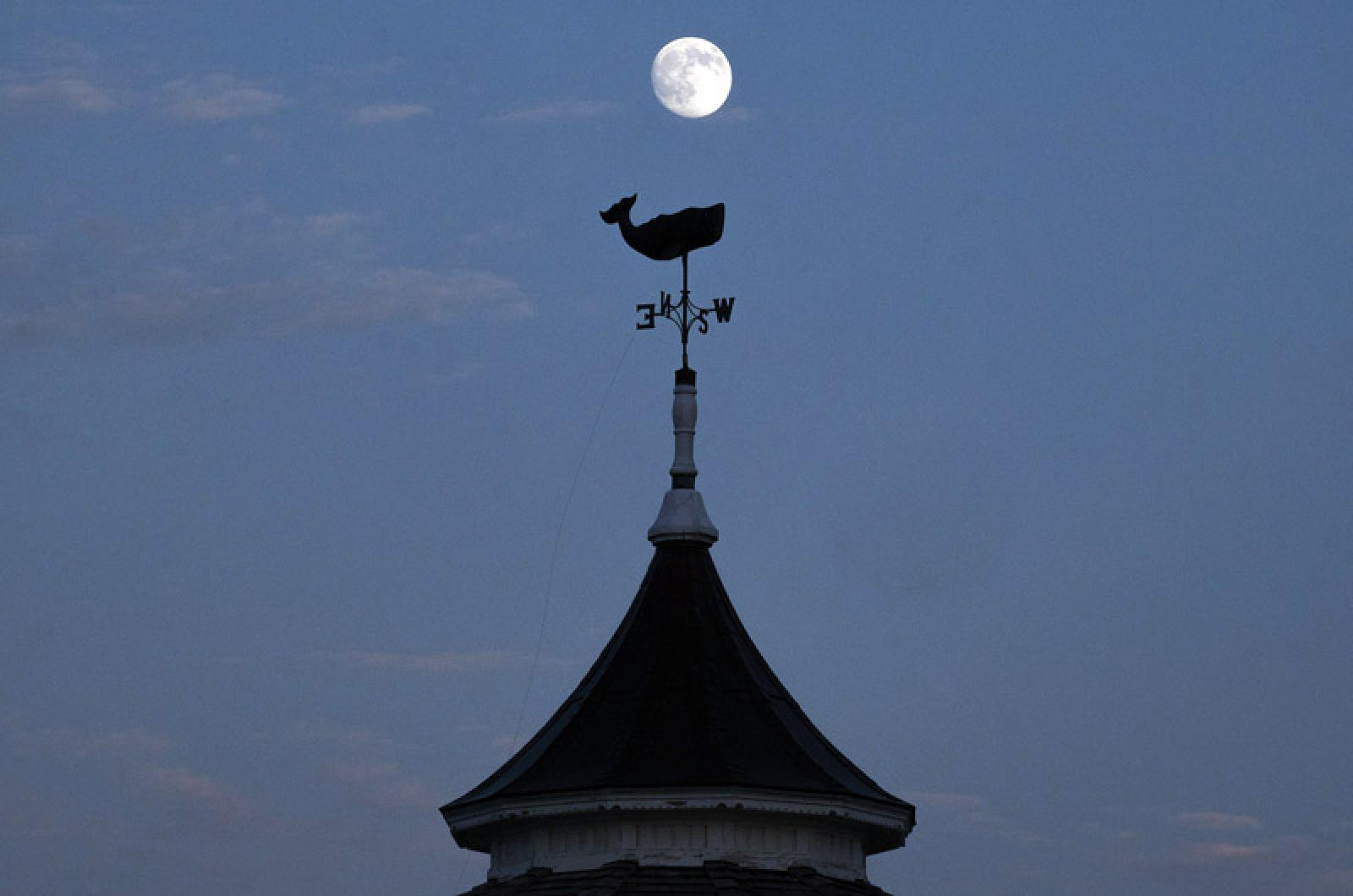July was a month of celebration for ‘luna-philes.’
Moon minders knew that it was twice the fun of most other months because there was twice the number of full moons. We marveled at two full moons, the first on July 2 and the second on July 31. The second of the twice-monthly full moon phenomenon is known as a blue moon.
Blue moons come, well, only once in a blue moon. They seem to occur every few years (roughly every 32 months) or so. The last blue moon was in August of 2012 and the next few will come in January of 2018, then again in March of 2018, and once more in October of 2020. Even more rare is a year that has two blue moons, a wonder that only occurs four to five times per 100 years and will next come in 2018. Mark your calendar!
Some might prefer that these double full moons come less often, since folklore suggests that a blue moon causes loneliness. Only love can overcome those blues and change the color of the moon to gold. Songwriters Rodgers and Hart referred to this folklore in their hit, Blue Moon, with the lyrics: “I heard somebody whisper please adore me and when I looked, the moon had turned to gold!”
The term ‘blue moon’ conjures up color more than frequency, and, in fact, a blue-colored moon can appear outside the astronomical schedule explained above. This phenomenon is, however, even more unlikely than two full moons occurring in the same month. Special conditions are needed to color the moon blue, and certain particulate matter and atmospheric conditions can actually cause that color to take hold.
And while we are considering the color of the moon, reflect on the possibility of a red or orange moon. Red moons, also called blood moons, can be seen on a somewhat regular basis. The moon can appear red because of its location low in the sky when rising, during a lunar eclipse, or again, from particulate matter in the air. It is not, however, a sign of the apocalypse, evil or the devil as was supposed early on.
Believe it or not, there is also a black moon, though this one is more like the original blue moon since it is less about color and more about frequency. A black moon is the opposite of a blue moon.
Blue moons signify full moons, while black moons describe new moons. The third new moon in a season with four new moons is called a black moon or a month with two (or without any) new moons would also be considered a black moon. February is the only month in which it would be possible to have no new moon. The next time a black moon of two new moons will occur is in October of 2016.
Every night, then, is an opportunity to see all of the colors of the rainbow in the moon — one at a time. For us moon mavens, American glass artist Dale Chihuly got it right when he noted that he hasn’t met a color he didn’t like.
Suzan Bellincampi is director of the Felix Neck Wildlife Sanctuary in Edgartown, and author of Martha’s Vineyard: A Field Guide to Island Nature.







Comments
Comment policy »